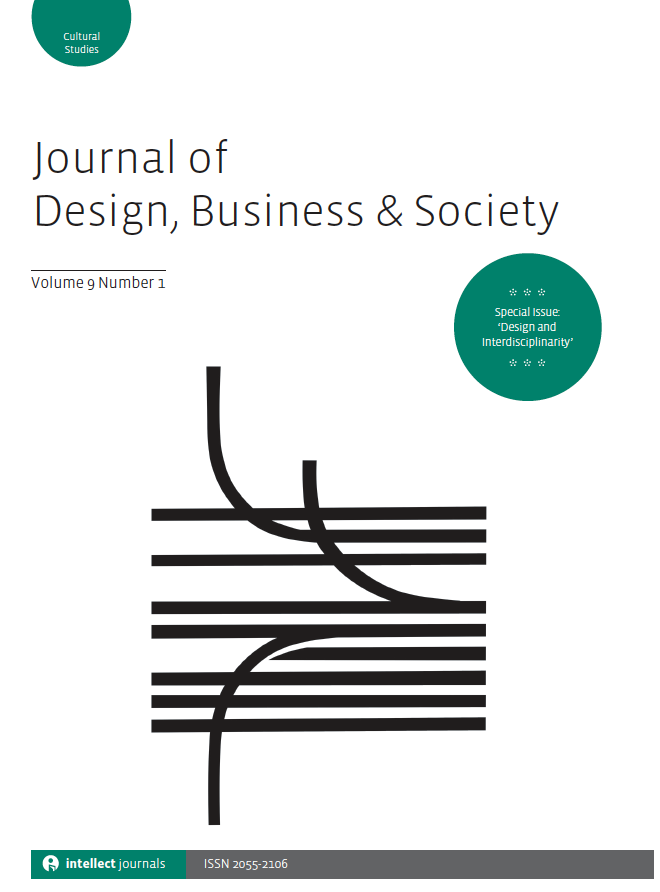-
f Editorial
- Source: Journal of Design, Business & Society, Volume 9, Issue Sustainability & Design Research, Oct 2023, p. 165 - 169
-
- 09 Oct 2023
- Previous Article
- Table of Contents
- Next Article
Abstract
Design research is a powerful agent in the transition to a more sustainable future. This Special Issue of the Journal of Design, Business and Society demonstrates how design research is creating environmental, social and economic value in multiple contexts, by supporting intrapreneurial behaviours in the UN’s Refugee Agency (UNHCR) and balancing interests in the ‘chicken and egg’ challenge of green hydrogen. It discusses what the designer’s role is in developing a more circular economy, and asks how bibliometric methods and storytelling might help design researchers to situate themselves in a complex landscape and challenge themselves to be part of a world that is better by design.
© 2023 Intellect Ltd



